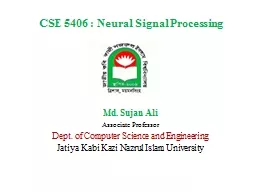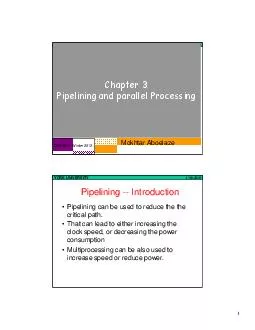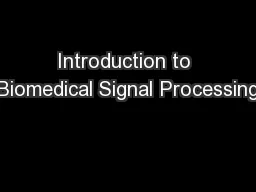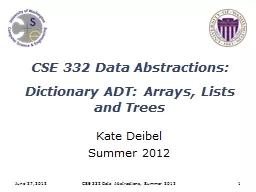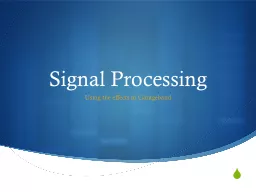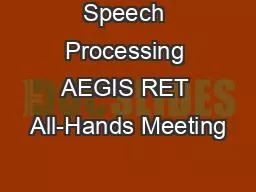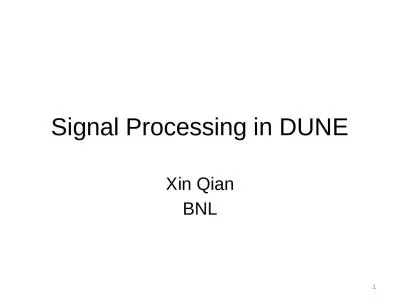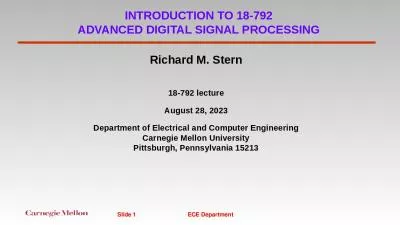PPT-CSE 5406 : Neural Signal Processing
Author : rouperli | Published Date : 2020-08-04
Md Sujan Ali Associate Professor Dept of Computer Science and Engineering Jatiya Kabi Kazi Nazrul Islam University Dimensionality Reduction and Classification
Presentation Embed Code
Download Presentation
Download Presentation The PPT/PDF document "CSE 5406 : Neural Signal Processing" is the property of its rightful owner. Permission is granted to download and print the materials on this website for personal, non-commercial use only, and to display it on your personal computer provided you do not modify the materials and that you retain all copyright notices contained in the materials. By downloading content from our website, you accept the terms of this agreement.
CSE 5406 : Neural Signal Processing: Transcript
Download Rules Of Document
"CSE 5406 : Neural Signal Processing"The content belongs to its owner. You may download and print it for personal use, without modification, and keep all copyright notices. By downloading, you agree to these terms.
Related Documents

